Eight legs. Fangs. A thirst for venom-laced destruction. Some spiders are more than creepy—they’re killers with a lust for terror. From lurking in shadows to sinking their venomous fangs into anything that moves, these arachnids are nightmare fuel you’ll pray never to encounter. Whether they paralyze, dissolve, or just destroy, these spiders don’t just kill—they haunt your darkest fears.
1. Brazilian Wandering Spider
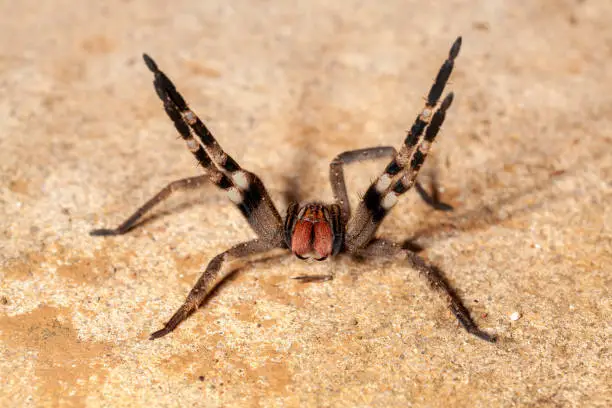
Nicknamed the “banana spider” for its habit of hiding in fruit shipments, the Brazilian wandering spider is no ordinary creepy crawler. Instead of building webs, this spider prowls the forest floor, stalking prey like a land-bound predator. Its venom delivers an agonizing cocktail of pain, paralysis, and, for men, an infamous side effect: hours of excruciating erections. Lurking in shoes, dark corners, and under beds, this spider turns everyday objects into death traps. One bite can kill within hours, leaving even the bravest humans cowering. It doesn’t just wander—it hunts.
2. Sydney Funnel-Web Spider

Shutterstock
The Sydney funnel-web spider isn’t afraid of you. It’s probably angrier than you are scared. Found in dark corners and hidden burrows, this spider can kill within 15 minutes thanks to venom designed to obliterate nervous systems. Its fangs, sharper than needles, can pierce leather boots, delivering a fatal dose in a single bite. And if you think you can outrun it, think again—this spider charges aggressively, lunging at anything it perceives as a threat. In the shadows of Australia, this spider is the predator, and humans are the prey.
3. Black Widow Spider
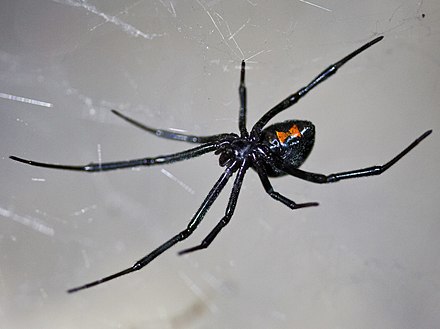
Wikipedia
With its glossy black body and blood-red hourglass, the black widow is a death warning in spider form. Found in basements, attics, and sheds, it waits in the shadows to deliver venom 15 times more powerful than a rattlesnake’s. While fatalities are rare, the bite causes muscle spasms so severe they’ve been compared to full-body Charley horses. Victims sweat, cramp, and beg for relief as the venom courses through their systems. Its iconic appearance is a living hazard sign—ignore it at your peril.
4. Brown Recluse Spider

The brown recluse doesn’t need to chase you—it waits, lurking in piles of clothes or forgotten shoes. Its venom works slowly but horrifyingly, destroying tissue from the inside out. Victims often don’t feel the bite until hours later, when their skin begins to blacken and rot. In extreme cases, the necrosis spreads so fast it leaves permanent scars—or worse, requires amputations. Silent, unassuming, and deadly, this spider proves that the quietest threats can be the most terrifying.
5. Six-Eyed Sand Spider

Shutterstock
Beneath the sands of African deserts lies a killer that rarely moves. The six-eyed sand spider is a master of ambush, lying buried until prey wanders too close. Its venom is among the most potent of all spiders, destroying tissue and bone while clotting the victim’s blood. Death comes slowly, and there’s no known antivenom. Fortunately, bites are rare, but don’t let that comfort you—this spider can go months without eating, patiently waiting for its next victim. If you see shifting sand, it may already be too late.
6. Redback Spider
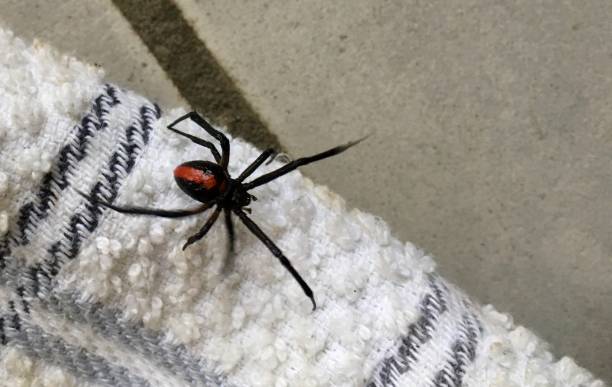
Australia strikes again with the redback spider, a cousin of the black widow that prefers urban environments. It hides in mailboxes, shoes, and under toilet seats, delivering a venomous cocktail that causes severe pain, nausea, and spasms lasting for days. Its shiny black body and red stripe are warning enough, but what’s truly terrifying is its ability to thrive where humans live. The redback’s bites are rarely fatal thanks to modern medicine, but the torment it delivers is unforgettable. Even indoors, you’re not safe.
7. Wolf Spider
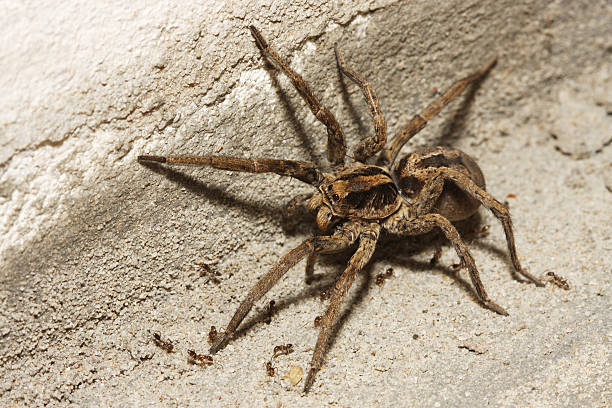
Wolf spiders don’t build webs—they chase you down. These hairy, long-legged hunters stalk their prey relentlessly, relying on speed and ambush tactics to strike fear into anyone they encounter. While their venom isn’t fatal to humans, their bites are still painful, causing burning, swelling, and nausea. Their reflective eyes glow in the dark, an eerie beacon in nighttime forests and backyards. Unlike most spiders, wolf spiders are active predators, making them feel like something out of a nightmare. If you see one, don’t blink—it’s already moving.
8. Chilean Recluse Spider

Wikipedia
Meet the brown recluse’s deadlier cousin: the Chilean recluse. Found in South America, this spider’s venom doesn’t just destroy tissue—it liquefies it. Victims report wounds so severe that entire limbs sometimes need to be amputated. To make matters worse, the venom can enter the bloodstream, leading to organ failure and death. Found in clothing, furniture, or behind wallpaper, the Chilean recluse hides where you’d least expect it. By the time you realize you’ve been bitten, the damage may already be irreversible.
9. Mouse Spider

Flickr
The mouse spider’s name is deceiving—there’s nothing small or innocent about it. With fangs nearly as long as its body, this Australian predator can inject venom similar to the Sydney funnel-web. While bites are rare, they cause extreme pain, nausea, and even convulsions. Mouse spiders burrow underground, hiding in lawns and gardens, ready to defend their territory against anything that disturbs them. Their aggression and unnerving size make them the kind of spider you never want to stumble upon—literally.
10. Indian Ornamental Tarantula
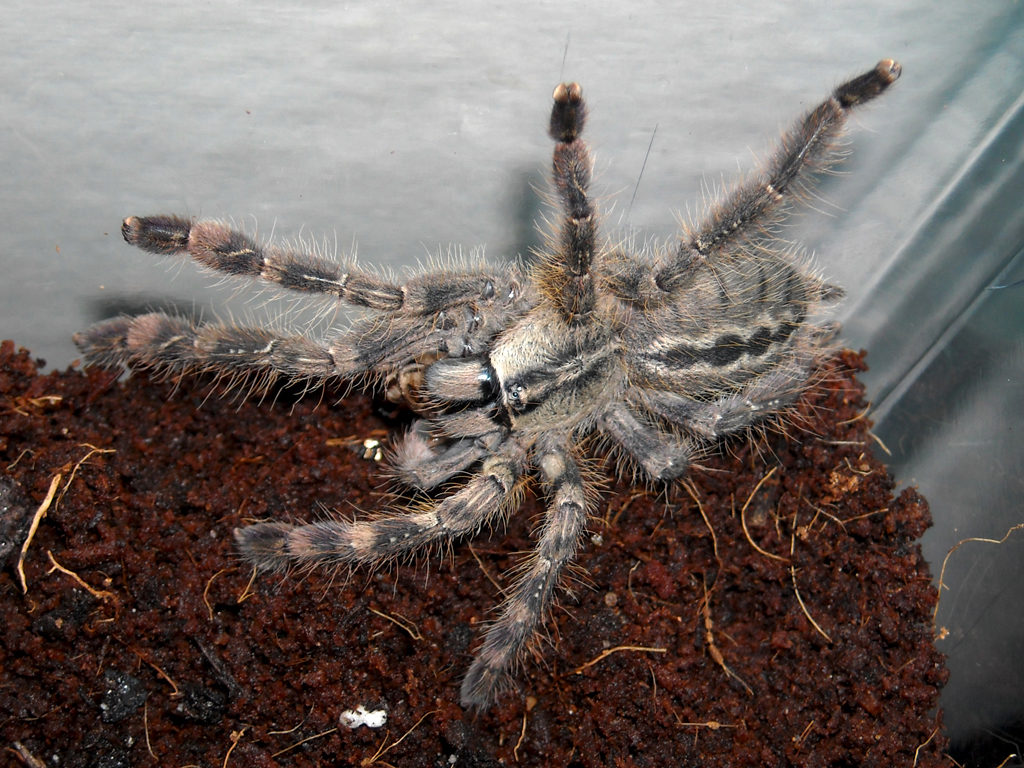
Flickr
With its stunning white and black markings, the Indian ornamental tarantula looks more like a work of art than a killer. But beneath its beauty lies venom that causes paralysis, muscle spasms, and breathlessness. Found in tree hollows, this tarantula defends its home with lightning-fast attacks, sinking its fangs into anyone who gets too close. Its territorial nature and aggressive behavior make it more than just a predator—it’s a nightmare with fur and fangs.
11. Goliath Birdeater Spider

Flickr
Imagine a spider the size of a dinner plate, capable of eating birds and rodents. That’s the Goliath birdeater, the world’s largest spider. Its venom isn’t lethal to humans, but its sheer size and power are enough to terrify. When threatened, it uses its massive fangs and irritating hairs to ward off attackers, leaving them scratching for hours. Found in the rainforests of South America, its thunderous footsteps make it feel like a predator from another age, reminding us that size alone can be horrifying.
12. Black House Spider
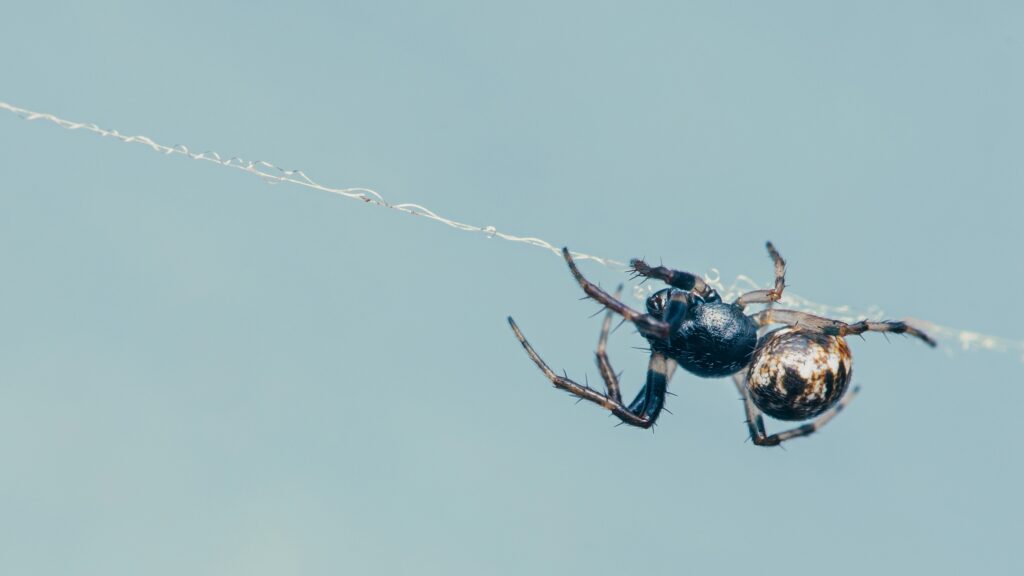
Shutterstock
The black house spider is a venomous home invader. Found in windows, furniture, and basements, it lurks in the shadows, blending in with its surroundings. Its venom causes burning pain, nausea, and profuse sweating, leaving victims in agony for hours. This spider’s small size and dark color make it nearly invisible until it’s too late. If you think you’re safe indoors, think again—this spider thrives where you feel most secure, turning your home into its hunting ground.
13. Spiny Orb-Weaver Spider
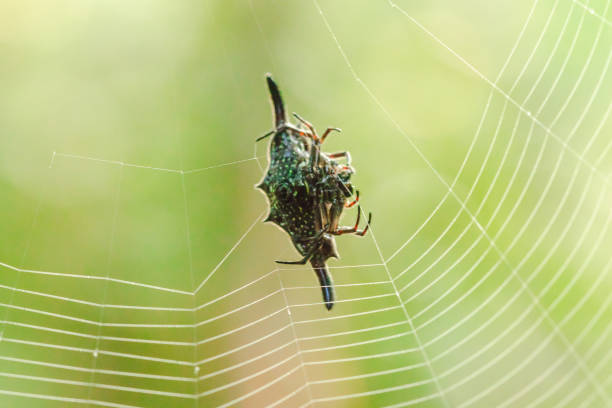
With its spiked, alien-like body, the spiny orb-weaver looks like a monster from another dimension. It weaves massive, sticky webs designed to trap prey and inject venom that paralyzes its victims almost instantly. Found in tropical climates, it waits silently in its web, an eerie predator hidden in plain sight. While its venom isn’t fatal to humans, its ghostly presence and sharp spines are enough to keep anyone far away.
14. Huntsman Spider

Flickr
The huntsman spider doesn’t sit still—it chases. With legs that span up to 12 inches and lightning-fast reflexes, this spider is all about speed and terror. Found in cars, bathrooms, and homes, it often startles its victims before they even see it. While its venom isn’t lethal, its bite is still painful, leaving a burning sensation that lingers. Its sheer size and movement are enough to send shivers down the spine of even the bravest souls.
15. Brown Widow Spider
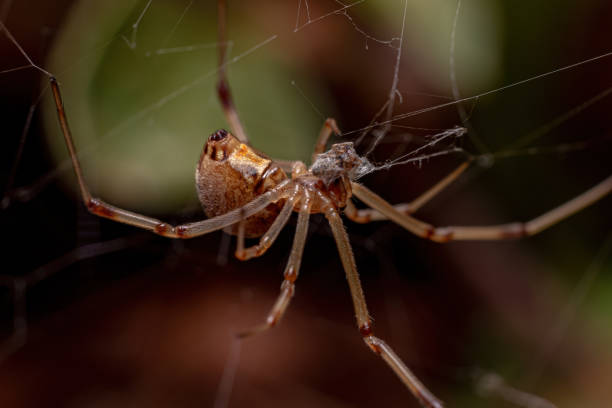
The brown widow might not have the black widow’s fame, but it’s just as deadly. Its venom is even more potent, though delivered in smaller doses. Found in outdoor furniture and under eaves, it strikes without warning, injecting venom that causes muscle cramps, spasms, and hours of agony. Its subtle orange hourglass is the only clue to its identity, making it a stealthy killer that hides in plain sight.
These spiders aren’t just creepy—they’re killers. With venom that paralyzes, fangs that pierce, and tactics that terrify, these arachnids are nature’s ultimate assassins. If you feel something crawling, don’t look down—you might not want to know.


